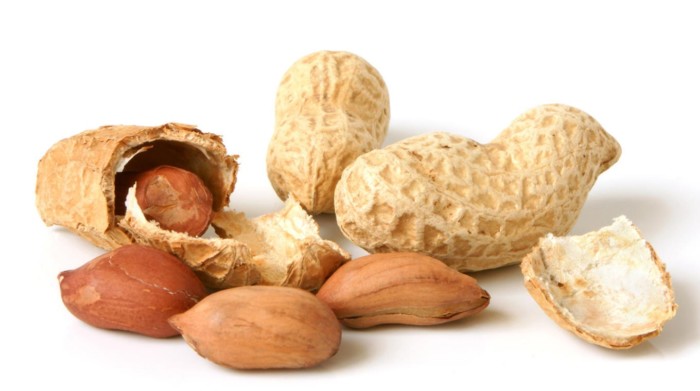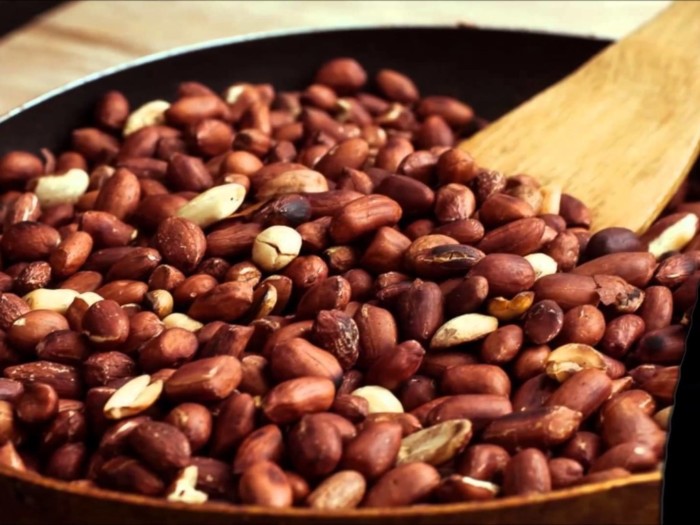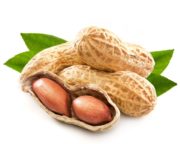How to store peanuts and peanut butter: how much, and under what conditions
Nutritious peanuts are valued by consumers not only for their energy value, but also for the fact that they contain many minerals and vitamin E. In most cases, this nut is sold in shelled form. This allows you to check its quality. But do not forget that even fresh peanuts will go rancid in the wrong conditions.
In order not to encounter such a problem, you must know the rules for storing groundnuts and be able to choose them correctly.
Content
Important tips when purchasing peanuts

Naturally, if you purchase peanuts that are not fresh and have flaws that affect the shelf life, you will not be able to extend the shelf life. Therefore, when buying these nuts, you need to be attentive to every detail.
- If you choose shelled peanuts, you should carefully inspect the pods. In a mature nut, it is dry, and the kernel itself should be large and elastic.
- High-quality peanuts in a pod, when shaken, in contact with the walls, make a rather dull sound. A ringing sound can only occur if the nuts are small or overdried due to improper storage.
- The surface of the pods should not be stained, and their aroma should not give off mold or dampness.
It is correct that peanut pods have a brittle structure.A cracking sound when breaking indicates that they are properly dried. - Peeled peanut kernels should be carefully examined and made sure that there are no ones among them that have begun to deteriorate (spoilt ones have brownish or dark-spotted skin).
- It is advisable to taste them before buying such nuts. It would be correct to eat several kernels in a row to make sure that the product is not rancid.
- Unripe groundnuts taste like watery beans. It is better not to take such peanuts.
It’s also not worth buying chopped nuts. Some unscrupulous manufacturers sell expired goods this way. They mix fresh product with spoiled product.
How much and in what container can peanuts be stored?
There are generally accepted recommendations for storing peanut kernels. Nuts with shells can be eaten for 12 months (if stored at low temperatures). Peeled peanuts can be stored from six months to 9 months (depending on conditions). If groundnuts are stored in a refrigeration device, they will be suitable for 4 to six months. In the freezer, peanuts will retain their beneficial and tasty qualities for 9 months.
The most “correct” container for storing nuts is considered to be clean, absolutely dry, and can be sealed tightly. Glass jars or ceramic containers work best. It cannot be stored for a long time in plastic containers. Peanuts in such a container will very soon become bitter. Polyethylene containers are also not suitable. The nuts in it may become moldy.
Nuts with shells can be stored in a bag made of natural fabric, but their shelf life will be shorter than, for example, in a closed jar.

Peeled peanuts must be dried in any convenient way before being sent for storage. Then place it in a glass jar with a tight lid and put it in the refrigerator. Fried kernels generally do not tolerate moisture and do not like oxygen.
How to properly store peanut butter

This product should be stored in a glass container with a tight-fitting lid, in a cool place away from strong light. If such conditions are provided, peanut butter will be suitable for consumption throughout the whole year.
Once the container of the nutritious nut product is opened, it should be consumed within just a few weeks. Due to exposure to air, peanut butter will not be able to be stored for a long time. You cannot keep a jar of paste open: its top layer will quickly weather and this will cause a dry crust to form on the surface.






















